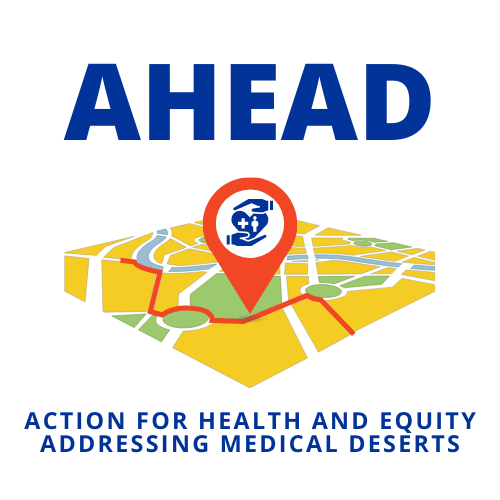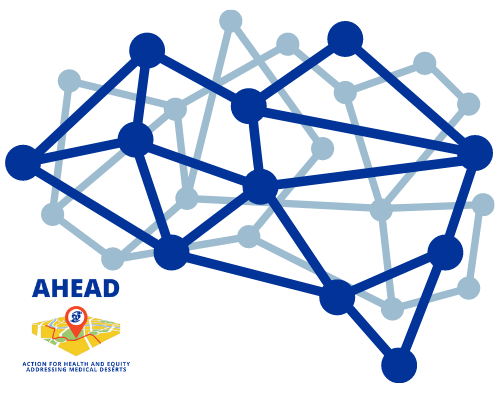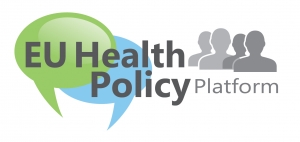This is a map of Serbia by municipalities (LAU1 level) showing the total number of nurses and midwives per 10,000 population in 2020, colour coded from light green (from less than 25) to dark blue (to over 400).
This indicator shows the physical availability of nurses and midwives to the population in the specific municipality, as one of potential indicators of medical desertification, and might become part of the index for medical desertification which will be formulated throughout research activities, between October 2021 and May 2022.
The municipalities with the lowest number of nurses and midwives per 10,000 population are Mali Iđoš, Bački Petrovac, Bač, Titel i Srbobran. The number of nurses and midwives per 10,000 population in these municipalities ranges from 15 to 16.
Eventually, a mouse-over or clicking on a municipality will also present additional information about that municipality, such as the size of the population, it’s demographic composition or the percentage of unmet health needs. Also, information from our in-country research will be included as we go along.
The source of data is the Institute of Public Health of Serbia. Health Statistical Yearbook 2020. Belgrade: IPHS, 2021.






